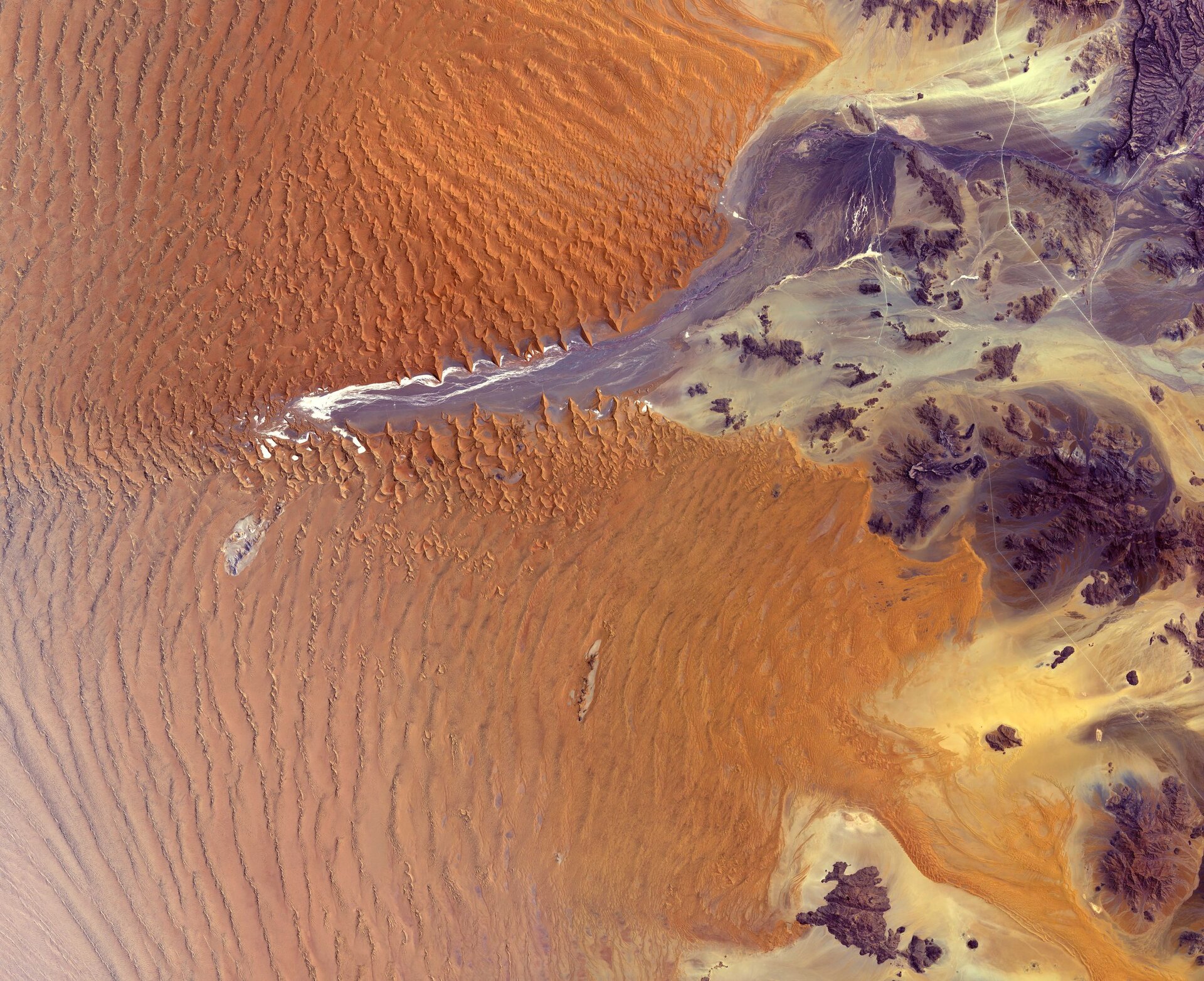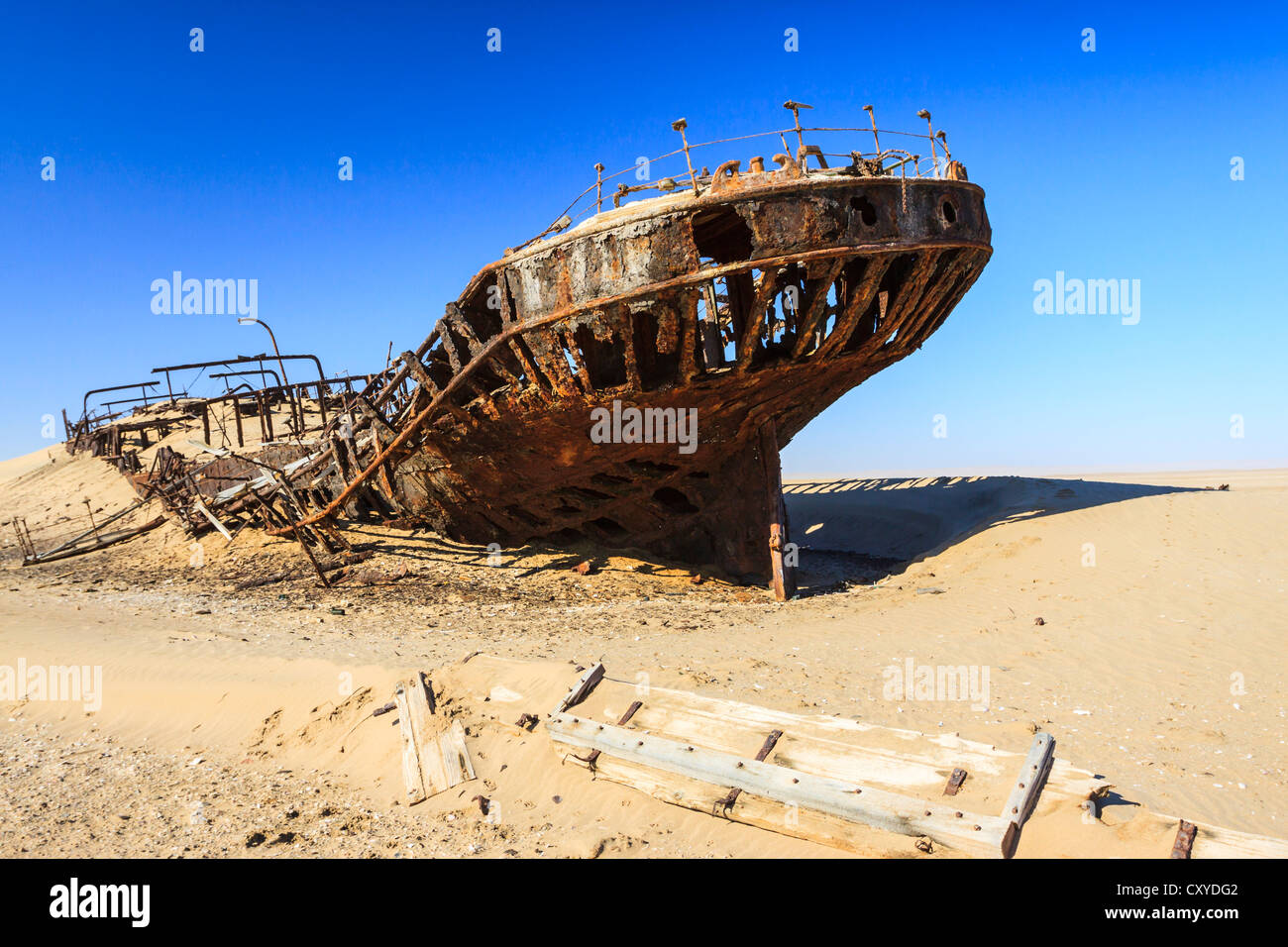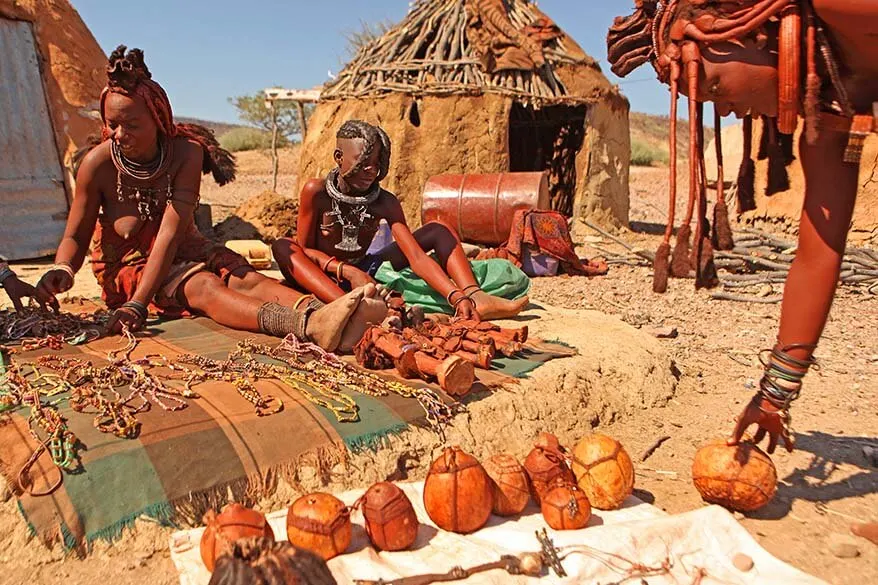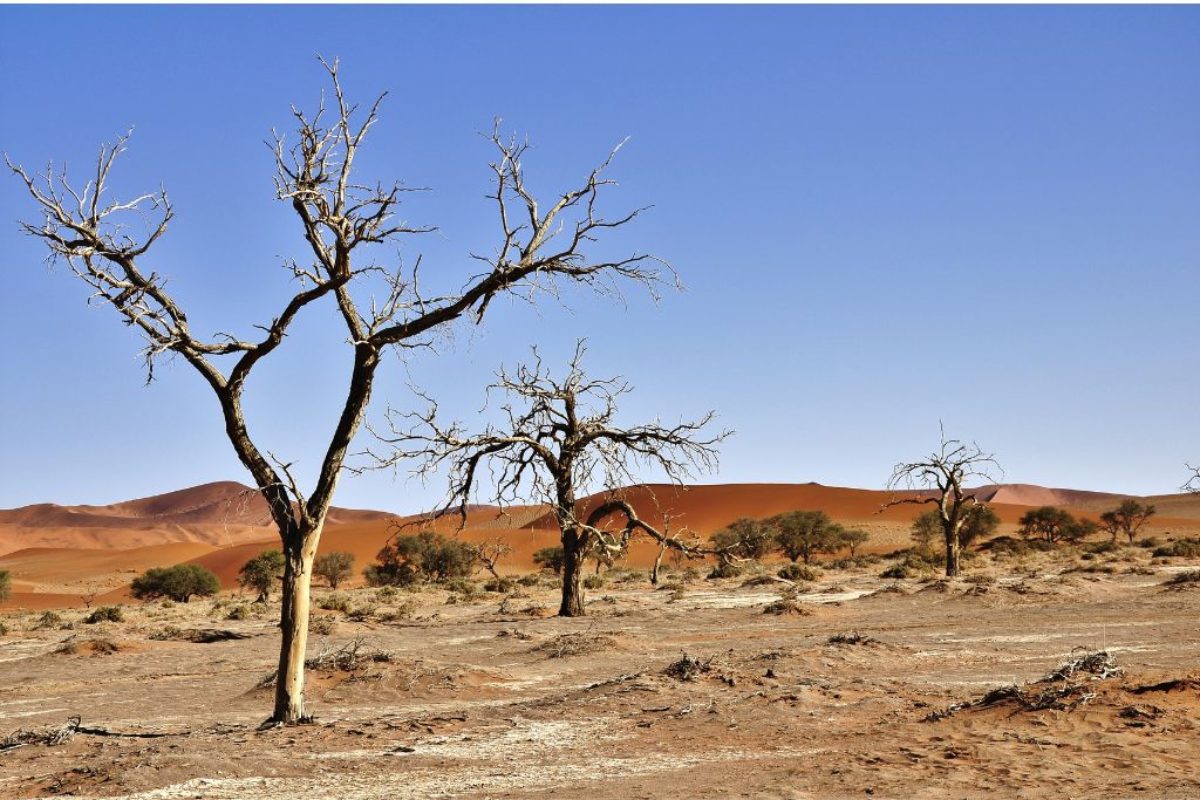Hiking & Adventure: Namib Desert for Thrill-Seekers

Introduction to Namib Desert
Namib Desert Location and Climate
In the Namib Desert, you are surrounded by vast desert landscapes stretching along Namibia's Atlantic coast, covering large parts of southwestern Africa. The climate here is characterized by extreme aridity, with very low levels of precipitation and high temperatures during the day.
The location at the Tropic of Capricorn results in the desert experiencing intense sunlight and heat, making it a harsh environment to survive in. The cool coastal fogs that roll in from the Atlantic Ocean are a unique feature that provides some moisture to the region.
Namib Desert Biodiversity and Ecosystem
In the Namib Desert, the biodiversity is surprisingly rich despite the challenging conditions. Various species have adapted to survive in this arid environment, showcasing remarkable resilience. The desert is home to unique flora and fauna, including specially adapted plants like the Welwitschia mirabilis and various species of beetles that are able to harvest condensed fog for water.
The sand dunes that dominate the landscape are not just bare structures but are teeming with life, with specially adapted reptiles, birds, and mammals calling this harsh environment their home. The desert ecosystem is finely balanced, with each organism playing a crucial role in the survival of others in this unforgiving environment.

History of Namib Desert
Origins and Geological Formation
The history of the Namib Desert dates back millions of years to when geological forces shaped the landscape we see today. The desert's origins can be traced to the uplifting of the African continent and the subsequent climate changes that led to its arid conditions.
Over time, wind and water erosion sculpted the vast sand dunes and rocky formations that define the desert's unique terrain. The ancient geological processes that formed the Namib Desert continue to influence its ecosystem and biodiversity to this day.
Exploration and Settlement in Namib Desert
Namib Desert has long captured the imagination of explorers and settlers who ventured into its harsh environment. Early inhabitants, such as the San people, adapted their lifestyles to survive in the desert, utilizing traditional knowledge of the land to find water sources and sustenance. European explorers in the 19th century documented their expeditions into the desert, highlighting the challenges and wonders they encountered.
The discovery of diamonds in the desert led to increased human activity, with mining towns and settlements springing up along the coast. Despite the inhospitable conditions, human ingenuity and resilience have allowed for limited settlement and exploration in the Namib Desert, adding layers to its rich historical tapestry.

Sossusvlei: Iconic Landmarks of Namib Desert
Sossusvlei Dunes and Deadvlei
Sossusvlei, located in the heart of the Namib Desert, is renowned for its towering red dunes, some of which reach heights of over 300 meters. The most famous dune, known as Big Daddy, offers panoramic views of the surrounding desert landscape from its summit. Deadvlei, a clay pan dotted with ancient camel thorn trees, starkly contrasts the vibrant dunes and is a popular photography spot for visitors. The interplay of light and shadow on the dunes and the cracked clay surface of Deadvlei create a mesmerizing visual spectacle that captures the essence of the Namib Desert.
Wildlife and Plant Species in Sossusvlei
Despite its arid conditions, Sossusvlei is home to a diverse range of wildlife and plant species that have adapted to survive in this harsh environment. Oryx, springbok, and ostriches are among the animals that roam the desert plains, while smaller creatures like geckos and beetles are found in the dunes. The iconic quiver tree, with its distinctive silhouette and resilient nature, is a common sight in Sossusvlei. Desert-adapted flora, such as the Nara plant and the Nara melon, play crucial roles in the ecosystem, providing food and shelter for the desert's inhabitants. The delicate balance between plant and animal life in Sossusvlei serves as a testament to the tenacity of nature in the face of adversity.

Skeleton Coast: Mysterious Coastline of Namib Desert
Shipwrecks and Maritime History
Skeleton Coast, situated along the western coast of the Namib Desert, is shrouded in maritime lore, with numerous shipwrecks scattered along its rugged shores. The treacherous currents and dense fog that characterize the coastline have claimed many vessels over the years, earning the area its ominous reputation as the "Skeleton Coast." The remnants of these shipwrecks serve as eerie reminders of the dangers faced by sailors navigating these waters in centuries past.
Unique Flora and Fauna of Skeleton Coast
Despite its harsh environment, Skeleton Coast is home to a surprising array of flora and fauna that have adapted to thrive in this seemingly desolate landscape. Seal colonies congregate along the rocky shores, while seabirds such as Cape cormorants and seagulls soar overhead. The desert-adapted plants of the region, including the Welwitschia mirabilis with its ancient and twisted form, showcase the resilience of life in the face of challenging conditions. The lichen fields that carpet the rocky terrain provide vital sustenance for a variety of insects and small mammals, highlighting the interconnectedness of the ecosystem along the Skeleton Coast.

The People of Namib Desert
Indigenous Tribes and Culture
Skeleton Coast, located along the western edge of the Namib Desert, holds a profound historical and cultural significance for the indigenous tribes that have called this harsh landscape home for centuries. The San people, also known as the Bushmen, are among the area's oldest inhabitants, renowned for their deep connection to the land and traditional hunting and gathering practices. Their ancestral knowledge of the desert's resources and survival techniques has been passed down through generations, contributing to the rich tapestry of traditions that define the cultural heritage of the Namib Desert region.
Modern Communities and Lifestyles
Today, modern communities coexist with the ancient tribes near Skeleton Coast, blending traditional ways of life with contemporary influences. Towns such as Swakopmund and Walvis Bay serve as hubs of activity, offering amenities and services to residents and visitors alike. The inhabitants of these coastal settlements have adapted to the challenging environment, finding innovative ways to harness the desert's sparse resources while preserving the region's unique ecosystem. From fishing to tourism, the economic activities of the modern communities are intertwined with the natural wonders and historical heritage of the Namib Desert surroundings.

Conservation Efforts in Namib Desert
Preservation of Namib-Naukluft National Park
In the Namib Desert, the preservation of the Namib-Naukluft National Park plays a crucial role in protecting the unique ecosystems and diverse wildlife found in this arid region. The park serves as a sanctuary for numerous plant and animal species, some of which are endemic to the area. Through strict conservation measures and monitoring efforts, authorities aim to safeguard the delicate balance of the desert environment and minimize human impact on fragile habitats.
Sustainable Tourism Practices in Namib Desert
To promote sustainable tourism in the Namib Desert, initiatives have been implemented to ensure that visitor activities do not harm the natural surroundings or disturb wildlife. Tour operators and lodges adhere to responsible practices such as low-impact camping, waste management, and conservation awareness programs.
By engaging in eco-friendly tourism practices, travellers can appreciate the beauty of the desert landscape while contributing to its long-term preservation.

Climate Change Impact on Namib Desert
Droughts and Desertification
In the Namib Desert, climate change has led to an increase in drought conditions and desertification, posing significant challenges to the fragile ecosystems and wildlife in the region. The arid nature of the desert makes it particularly susceptible to changes in precipitation patterns and rising temperatures, exacerbating water scarcity and soil degradation. These environmental changes have a direct impact on the survival of plant and animal species that have adapted to the harsh desert conditions over millennia.
Efforts to Mitigate Climate Change Effects
Efforts to mitigate the effects of climate change in the Namib Desert include implementing sustainable land management practices, advocating for renewable energy sources, and raising awareness about the importance of reducing carbon emissions.
By promoting sustainable development and conservation initiatives, stakeholders aim to build resilience in the ecosystem and mitigate the adverse impacts of climate change on biodiversity and natural resources. Collaborative efforts between local communities, conservation organizations, and government bodies are essential in addressing the complex challenges posed by climate change in the Namib Desert.
